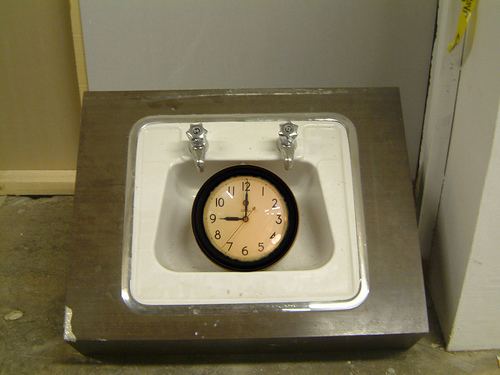
One version is often discussed in introductory Jurisprudence and Evidence classes in law school, discussing whether a weapon used in a murder, for example, would still be considered the “murder weapon” if both its handle and head/blade were to be replaced at separate, subsequent times. As a proverbial expression it is used for objects or solutions being repeatedly renewed and gradually replaced to an extent that it has no original parts. The principle, however, remains the same.Ī Hungarian version of the story features “Lajos Kossuth’s pocket knife”, having its blade and handle continuously replaced but still being referred to as the very knife of the famous statesman. In some Spanish-speaking countries, Jeannot’s knife is present as a proverb, though referred to simply as “the family knife”. The French equivalent is the story of Jeannot’s knife, where the eponymous knife has had its blade changed fifteen times and its handle fifteen times, but is still the same knife. This has also been recited as “Abe Lincoln’s axe” Lincoln was well known for his ability with an axe, and axes associated with his life are held in various museums. George Washington’s axe (sometimes “my grandfather’s axe”) is the subject of an apocryphal story of unknown origin in which the famous artifact is “still George Washington’s axe” despite having had both its head and handle replaced.
#TIME SINK PARADOX PATCH#
He pondered whether the sock would still be the same after a patch was applied to the hole, and if it would be the same sock after a second patch was applied, and a third, etc., until all of the material of the original sock has been replaced with patches. John Locke proposed a scenario regarding a favorite sock that develops a hole. Hobbes asked which ship, if either, would be the original Ship of Theseus. Centuries later, the philosopher Thomas Hobbes introduced a further puzzle, wondering what would happen if the original planks were gathered up after they were replaced, and used to build a second ship. Plutarch thus questions whether the ship would remain the same if it were entirely replaced, piece by piece. The ship wherein Theseus and the youth of Athens returned from Crete had thirty oars, and was preserved by the Athenians down even to the time of Demetrius Phalereus, for they took away the old planks as they decayed, putting in new and stronger timber in their places, in so much that this ship became a standing example among the philosophers, for the logical question of things that grow one side holding that the ship remained the same, and the other contending that it was not the same. This particular version of the paradox was first introduced in Greek legend as reported by the historian, biographer, and essayist Plutarch, Variations of the paradox The classic paradox

Several variants are known, including the grandfather’s axe, which has had both head and handle replaced. The paradox had been discussed by other ancient philosophers such as Heraclitus and Plato prior to Plutarch’s writings, and more recently by Thomas Hobbes and John Locke.

Plutarch asked whether a ship that had been restored by replacing every single wooden part remained the same ship. The paradox is most notably recorded by Plutarch in Life of Theseus from the late first century. The ship of Theseus, also known as Theseus’ paradox, is a thought experiment that raises the question of whether an object that has had all of its components replaced remains fundamentally the same object.


 0 kommentar(er)
0 kommentar(er)
